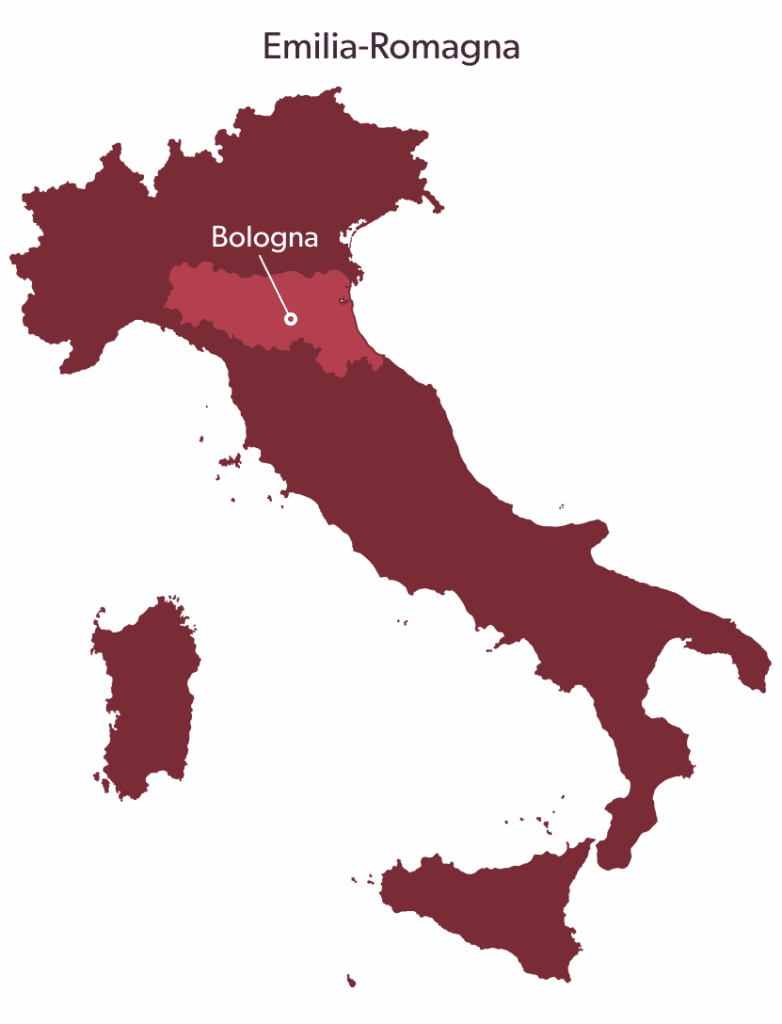Parmigiano Reggiano cheese gets more flavourful with age: an 18-month maturation tends to be mild and sweet; a 24-month maturation develops a more savory flavor and a grainy and crumbly structure; a 36-month maturation has an intense and savory flavor, and aromas of dried fruit (for example, hazelnut) and spices (such as nutmeg). The four main types of wheels that are produced according to the cheese’s age are as follows:
1) Parmigiano Reggiano DOP is called “young” when it has reached between 12 and 20 months of aging.
Parmigiano Reggiano DOP with a maturation between 12 and 20 months goes perfectly with fresh fruit, such as apples, pears, grapes, and strawberries.
2) Parmigiano Reggiano DOP is said to be “mature” when aged between 20 and 26 months
The Parmigiano Reggiano DOP with a 24-month maturation already has tyrosine crystals. This aging goes perfectly with most pasta and rice dishes, soups, and vegetable creams, both grated and shredded. It is also excellent with dehydrated fruits, such as apricots, figs, raisins, and plums.
3) Parmigiano Reggiano DOP is called “old” when it has spent at least two summers (26 to 30 months) maturing
Parmigiano Reggiano matured between 26 and 30 months is excellent in the preparation of main dishes: shredded on fish or meat carpaccio or on roast beef with garden arugula and a drizzle of extra virgin olive oil. Remember, dehydrated fruits like walnuts and hazelnuts also go well together.
4) Parmigiano Reggiano DOP is called “very old” when it is more than 36 months old.
Parmigiano Reggiano with a maturation of more than 36 months can be perfectly paired with sweet foods, such as honey or ripe fruit, and also by the sweetness and slight acidity of a few drops of Traditional Balsamic Vinegar of Modena PDO or Reggio Emilia.
Some Facts:
- It is highly nutritious as it contains 30% water and 70% nutrients, such as proteins, vitamins (A, B2, and B6), calcium and phosphorus.
- It is almost completely lactose-free (0.01 grams for every 100 grams of product).
- It was mentioned in one of the most famous books in Italian history, Giovanni Boccaccio’s Decameron, written between 1350 and 1353.
“… a mountain, made with grated Parmesan cheese, on which dwell folk that does nothing else but make macaroni and ravioli, and boil them in capon’s broth, and then throws them down to be scrambled for.”

